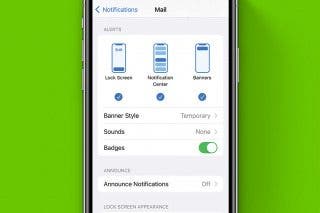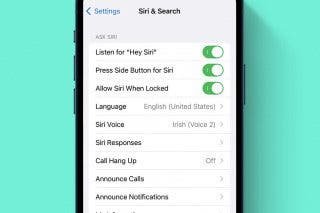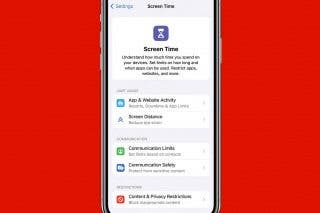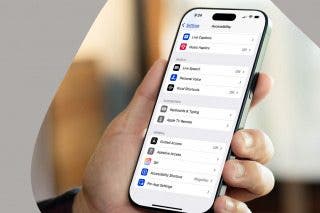How to Run Apple Diagnostics to Check Your Mac
Use Apple Diagnostics (Apple Hardware Test) to run a diagnostics test and check your Mac’s hardware for potential issues.


Apple Diagnostics (formerly named Apple Hardware Test) is a simple test to help you determine if there are hardware issues on your Mac. Whether you're computer-savvy or not, this program will suggest solutions and help find out what's wrong with your Mac.
Figure out Which Processor Your Mac Has
Your first step is to determine whether your Mac has an Intel or Apple processor. This will determine which steps you follow to run Apple Diagnostics on your computer.
- Click the Apple Menu.
- Select About this Mac.
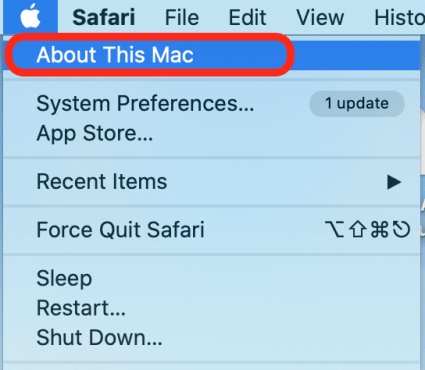
- Look at the line labeled Processor or Chip to determine which processor you have. The example below shows an Intel processor.
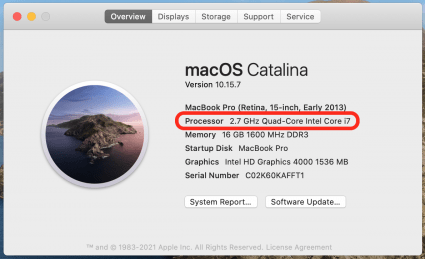
- Shut down your Mac.
- Disconnect all external devices except those necessary for computer use, such as your keyboard, mouse, display, Ethernet connection, and power connection.
How to Run Apple Diagnostics with Apple Processors
Here's how to run Apple Diagnostics on a Mac with an M1 chip:
- If you haven't already, start with your computer completely shut down.
- Turn on your Mac by pressing and holding the power button as your Mac restarts.
- Release the power button when you see the startup options window.
- To run diagnostics, press Command-D on your keyboard.
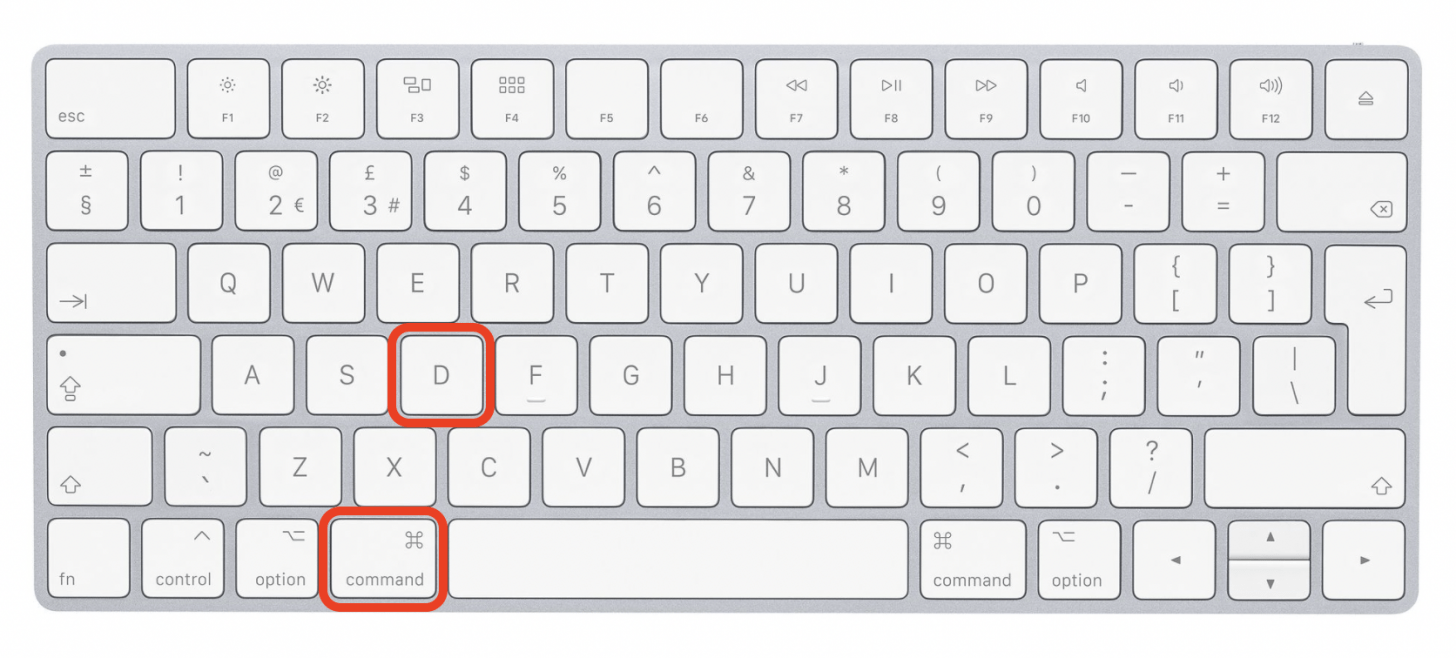
Related: Troubleshooting 101: How to Fix Your Buggy or Unresponsive iPhone or iPad
How to Run Apple Diagnostics with Intel Processors
Here's how to run Apple Diagnostics on a Mac that uses an Intel processor:
- Turn on your Mac, then immediately press and hold the D key on your keyboard as your Mac starts up.
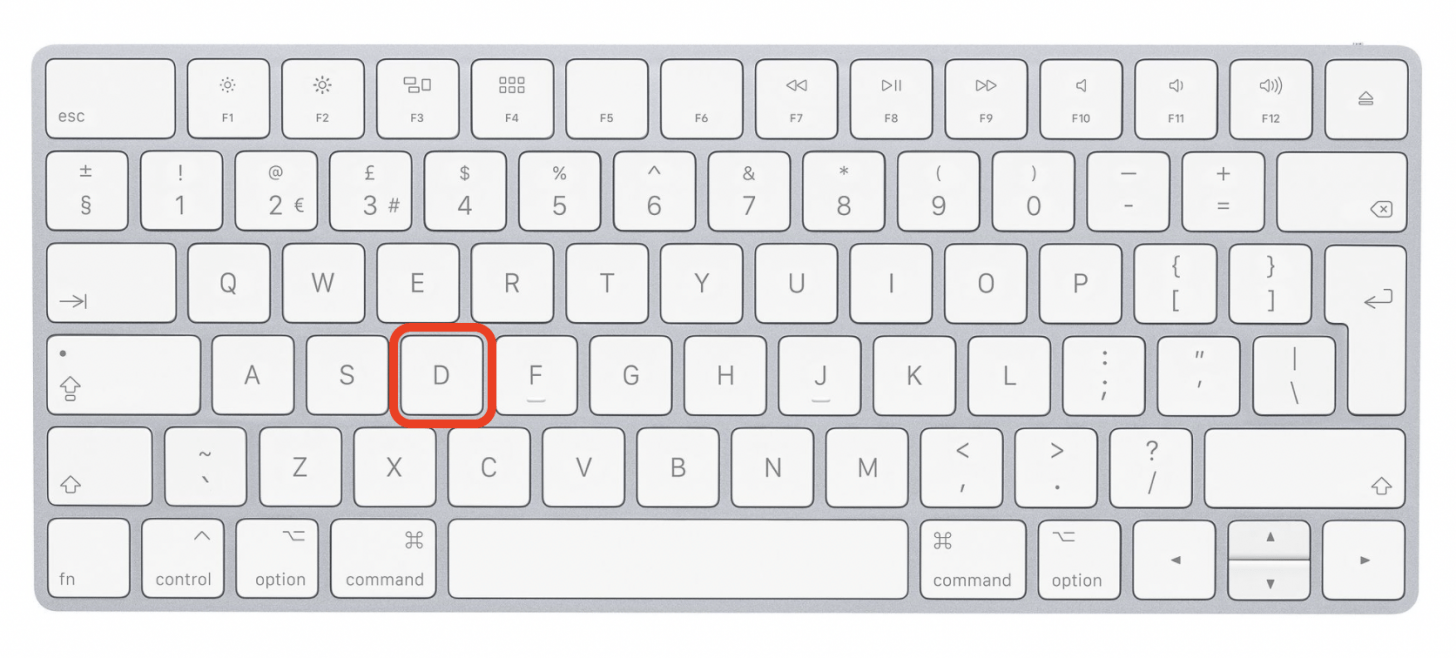
- Release when you see a progress bar showing that the test is running.
- If this doesn't start the diagnostics test, turn off your computer and restart. This time, press and hold the Option-D keys as your computer starts. This will run Apple Diagnostics over the internet.
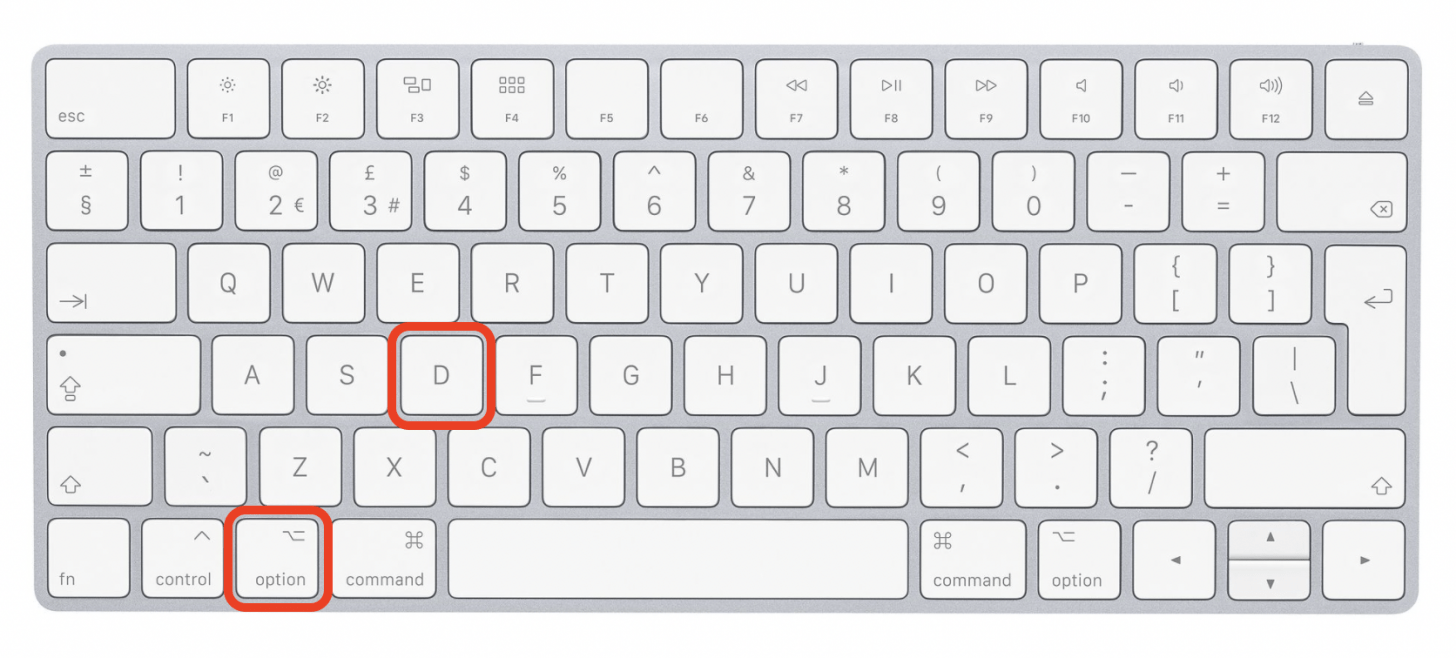
When testing is complete, Apple Diagnostics will show you the results, which will include at least one reference code. A reference code is a short series of letters and numbers indicating a specific issue or test status. (For example, 'ADP000' means that there were no issues found.) Once you have your reference code, you can check this complete list of Apple Diagnostics Reference Codes to get more clarity on what the issue is. If you need further assistance, you can also contact Apple Support for more detailed service and support options.
Every day, we send useful tips with screenshots and step-by-step instructions to over 600,000 subscribers for free. You'll be surprised what your Apple devices can really do.

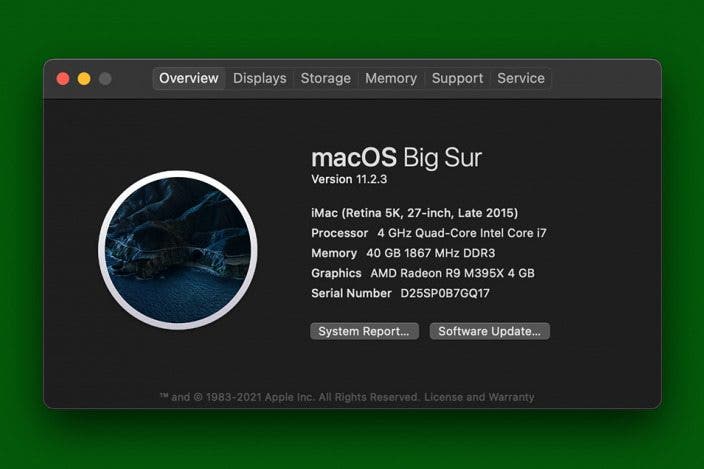

 Hal Goldstein
Hal Goldstein
 Amy Spitzfaden Both
Amy Spitzfaden Both
 Leanne Hays
Leanne Hays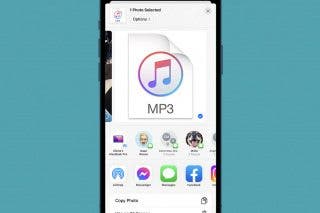
 Olena Kagui
Olena Kagui

 Rachel Needell
Rachel Needell
 Ashleigh Page
Ashleigh Page
 Rhett Intriago
Rhett Intriago